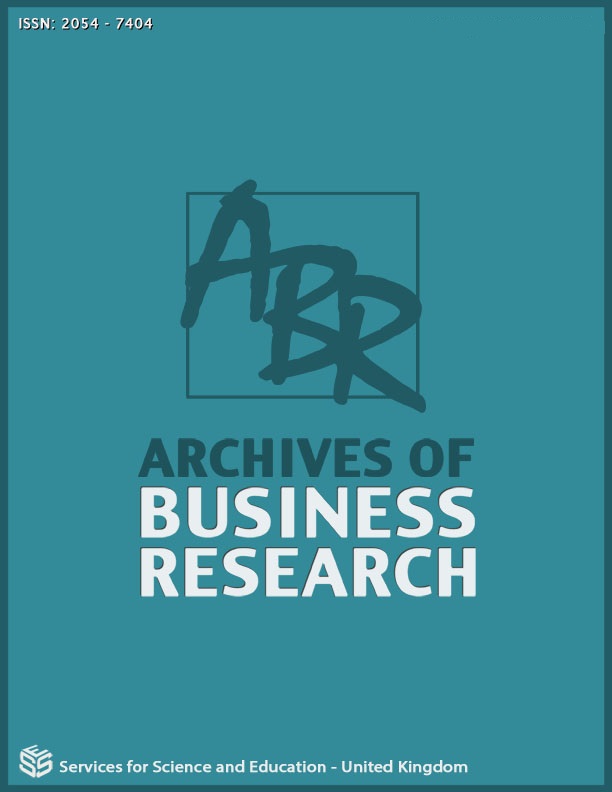Future Prospects of the Human Familial Frame
DOI:
https://doi.org/10.14738/abr.121.16238Abstract
Families composed of a male and a female that breed and jointly raise children is the consensual living frame of human societies during thousands of years. However, there are other frames among mammals, that enable breeding and multiplication without preservation of a familial unit. For example, males that fertilize females and do not participate in raising the newborns (e.g., hyenas, leopards, certain humans), or males having a few females and raising a larger number of children (the Arabic tradition), or on a broader scale in the animal kingdom, males that fertilize eggs outside of the female body (e.g., various fish species among vertebrates and many invertebrate species) without any considerable responsibility thereafter. Although females raise instinctively their offspring׳s among most animals, we witness in recent years different human versions of familial frames, such as two males, who either adopt children, or provide sperm to an anonymous woman that is paid for her pregnancy and birth of a child handled to the sperm contributor. Likewise are familial frames of two women, in which one gets pregnant from a sperm contribution, and after birth, both raise the child. These new trends show how deviation from the traditional familial frame may enable women to give birth and raise children without the involvement of males, as well as lead to ‘in vitro-fertilization’ and ‘production’ of ‘tube-babies’ (outside of the female uterus). Further attempts to control the required gender (e.g., preference of males in China), or even specific traits (e.g., blond hair, blue eyes) using genetic engineering techniques, might replace the customary familial frame.
Downloads
Published
How to Cite
Issue
Section
License
Copyright (c) 2024 Michael Gurevitz

This work is licensed under a Creative Commons Attribution 4.0 International License.






